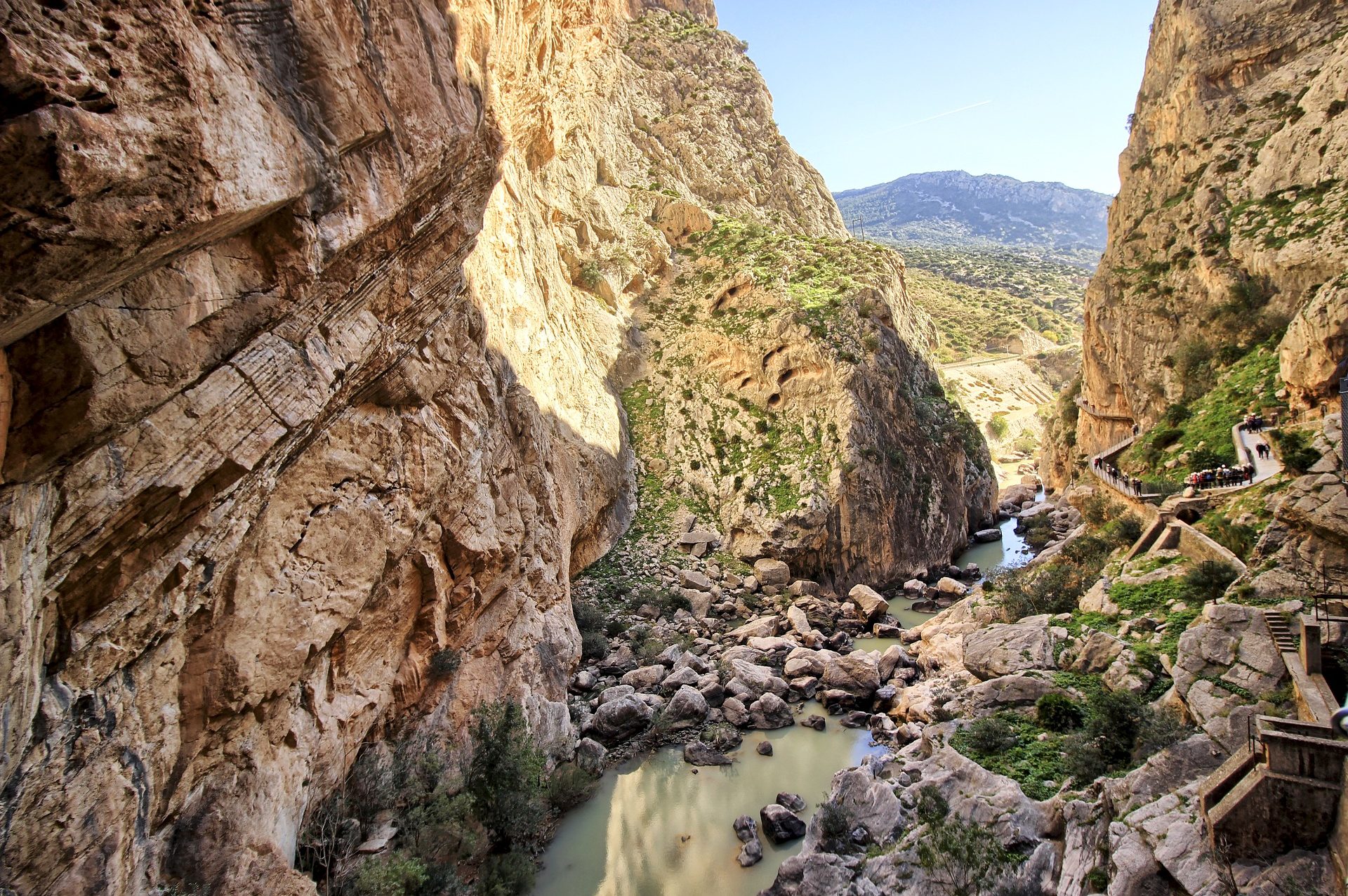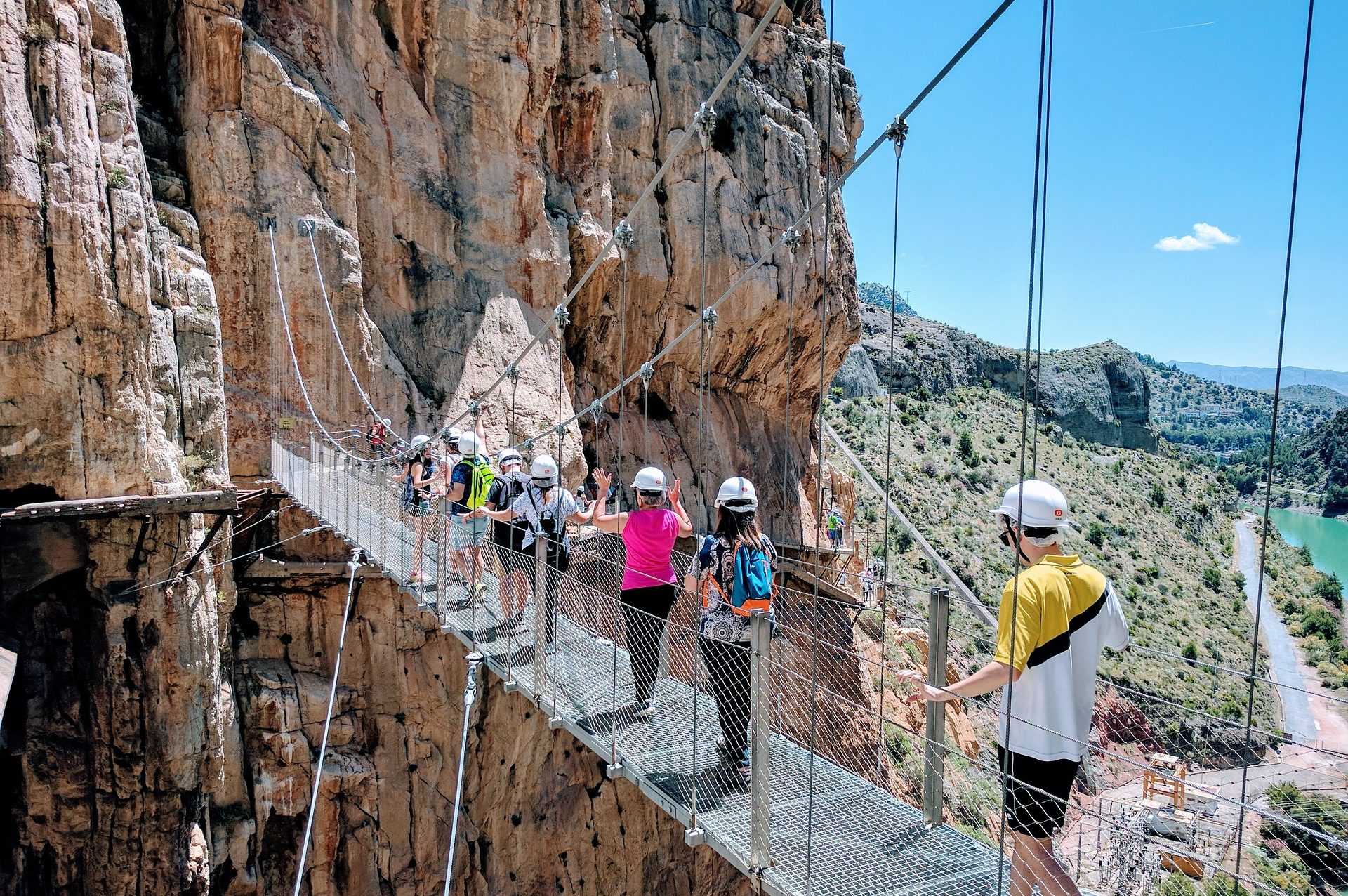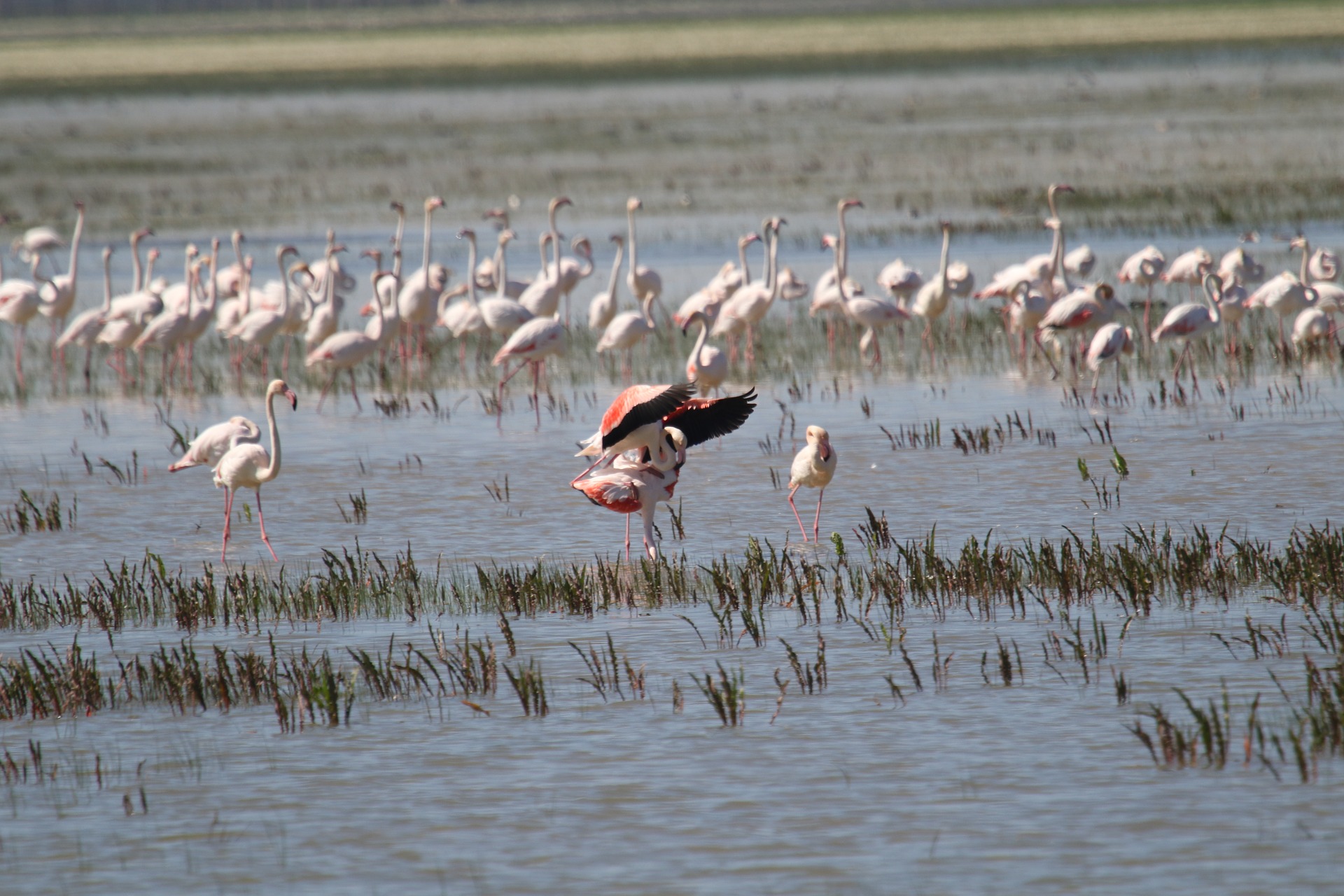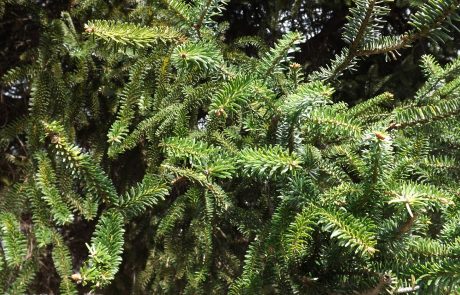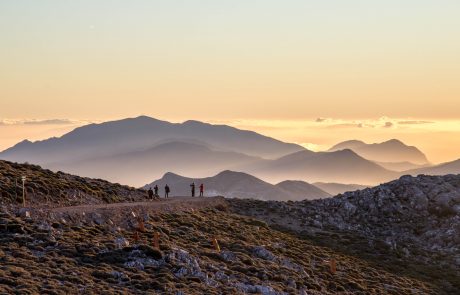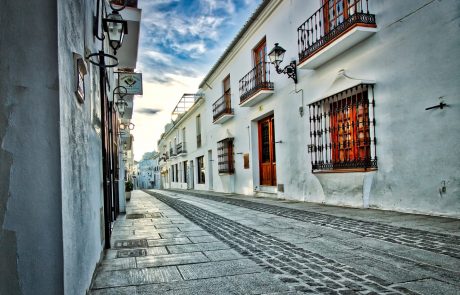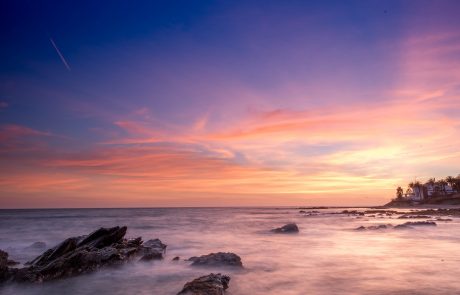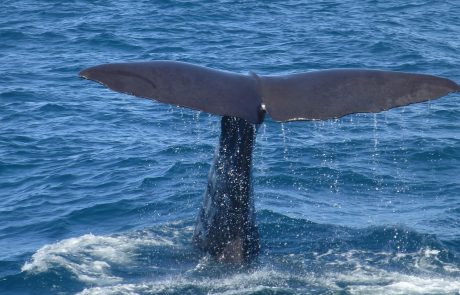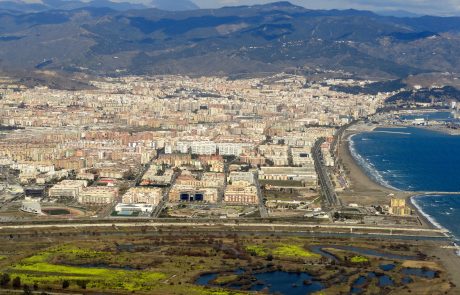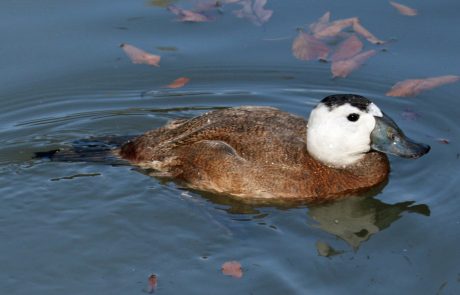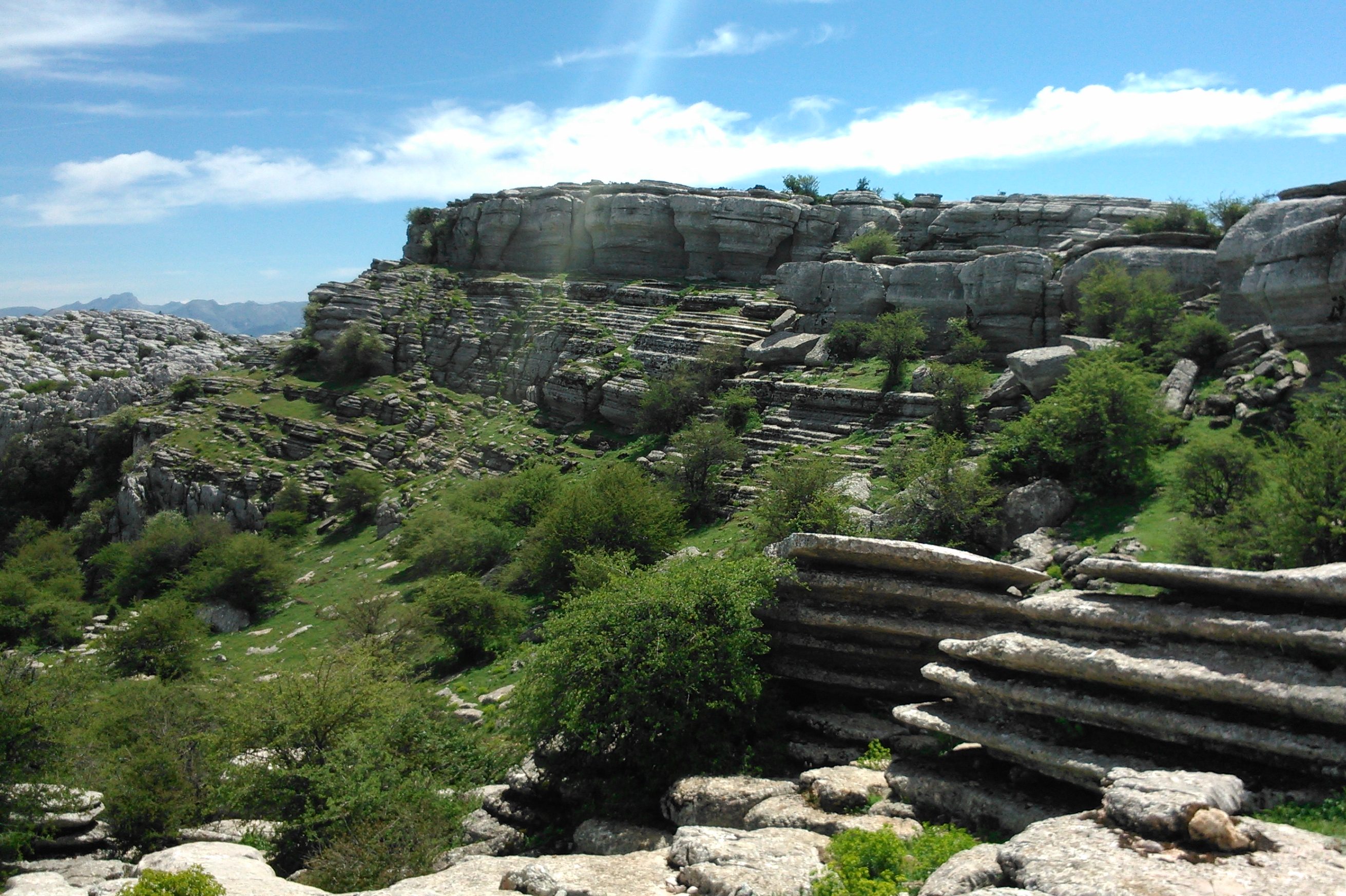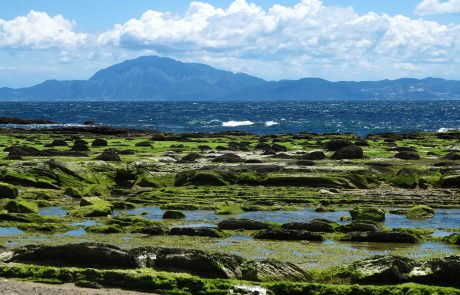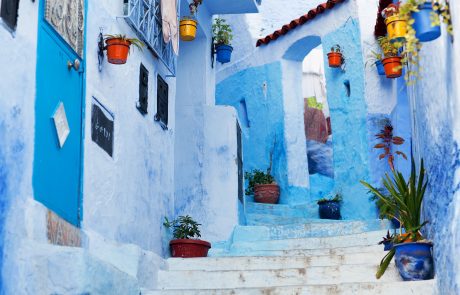IBS Malaga 2019 – Field Trips
The following field excursions are planned for January 8th and January 12-14, 2019.
(Note: Registration for field trips is now closed, except for a couple spots on the Cetacean trip/Mijas – please contact biogeography.ibs@nullgmail.com if you’d like to be added to this trip or come see us at the conference IBS membership table in case of unexpected late openings. If you’ve already signed up for a field trip, you should have received information by email regarding departure times and locations)
Trip Outlines
Scroll down to see full outline of trips and costs.
Pre-Conference (Jan 8)
Post-Conference (Jan 12 +)
Date: Tuesday 08/01/19
Start: 8.30 h
End: 19.00 h
Max. People: 50
Cost: 80 Euros
Visit of King’s pathway. This pathway is located in the Desfiladero de los Gaitanes Natural Site. It is one of the most beautiful spots of the Malaga Mountains. The River Guadalhorce flows between steep and considerably high walls, after having passed through the reservoirs El Chorro, Guadalhorce, Guadalteba and Gaitanejo. The Gaitanes Gorge is a canyon, carved by the river Guadalhorce, which at some points is only 10 meters wide and 700 meters deep. (http://www.caminitodelrey.info/).
Lunch at Hacienda Los Conejitos. (https://www.haciendalosconejitos.com/).
Visit of Fuente de Piedra Lagoon Natural Reserve. The Fuente de Piedra lagoon is the biggest lagoon in Andalusia and offers a privileged environment for flamingo breeding. In addition, it is a wintering and migratory place for many other birds, such as cranes (http://visitasfuentepiedra.es/)
Note: Hikes require being comfortable with heights.
Malaga City Tour
Date: Tuesday 08/01/19
Time: 2.5 hours
People: 30
Cost: 12 Euros
Visit of old town of Malaga. This city is declared a Historic Site because few cities in the world have such a wide overlap of the traces of the passage of civilizations over the centuries, both from the East and the West, in such a small urban space. Phoenician, Punic, Roman and Arab remains are distributed in the center of the city where there are monuments such as the Roman Theater, the Alcazaba, the Cathedral, the Customs House and the Jewish Quarter.
The city has many museums that make Malaga one of the European cities with the highest concentration of relevant art centers by number of inhabitants. Among the most outstanding are the Picasso Museum, Pompidou Museum, Contemporary Art Centre (CAC), Carmen Thyssen Museum Malaga, Picasso Native Home Museum, Malaga Museum, and others. (http://www.malagaturismo.com/)
Sierra de las Nieves Natural Park
Date: Saturday 12/01/19
Start: 8.30 h
End: 19.00 h
People: 30
Cost: 60 Euros
Breakfast at Venta El Navasillo.
Visit of Cañada del Cuerno natural area. Within the Nature Park of Sierra de las Nieves, we find Cañada del Cuerno, an area of fabulous Spanish Fir (Abies pinsapo) forest, where some of the oldest and most spectacular specimens of the Park reside. As we ascend the high mountain, vegetation with its covering forms replaces the Spanish Fir tree forest. (http://www.malaga.es/es/turismo/naturaleza/cnl-123/lis_cd- 5818/).
Andalusian Village (Mijas) / Boat trip (Cetaceans) / Butterfly farm
Date: Saturday 12/01/19
Start: 8.30 h
End: 19.00 h
Maximum People: 10
Cost: 90 Euros
Boat trip (cetaceans). Sail in the bay of Málaga to look for bottlenose, common and striped dolphins common in the area, along with short finned pilot whales. Sperm and Fin whales sightings are also a possibility, though rarer. (http://www.puertomarinacharters.com/avistamiento-de- delfines-y-otros-cetaceos/)
Visit Mijas, one of the most extensive villages in the province of Málaga with very diverse landscapes ranging from beaches to mountainous areas. Typical of Mijas are its famous “donkeys- taxis” and caves conditioned as houses. (http://www.malaga.es/es/turismo/localizacion/3325/cnl- 82/localizacion)
Visit a butterfly farm. More than 1,500 butterflies from tropical areas all over the world fly free inside the butterfly park. Many of the butterfly species reproduce in the park itself, so you can observe all the stages of their fascinating biological cycle as eggs and caterpillars, and other behavior such as their courtship flights and mating. Every day new butterflies are born in the nursery, so do not miss the unique opportunity to see how they hatch from the chrysalis and witness their first flight after metamorphosis. (http://www.mariposariodebenalmadena.com/)
Birdwatching – Guadalhorce River mouth
Date: Saturday 12/01/19
Start: 8.30 h
End: 13.30 h
People: 30
Cost: 25 Euros
Visit the Guadalhorce river Mouth Natural Site. The Guadalhorce Mouth covers 67 ha and is located within the urban footprint of the city of Málaga. The area includes different environments such as small lakes, coastal areas, an old meander of the Guadalhorce river, as well as open areas that were formerly cropland, and now occupied by scrubland. The most characteristic vegetation is a plant community composed of African tamarisk, common reed, as well as rushes linked to the shallower waters. The diversity of environments provides a refuge to a huge bird community composed of at least 244 species including numerous ducks (White-headed Duck), grebes, egrets, herons, gulls, sandpipers, provers and even raptors (Marsh Harrier and Osprey). (http://www.malagaturismo.com/en/sections/guadalhorce- estuary-area-of-natural-beauty/57)
Sierra Nevada National Park: Snowshoe Track
Date: Saturday 12/01/19
Start: 8.30 h
End: 19.00 h
People: 30
Cost: 80 Euros
Snowshoe track in Sierra Nevada National Park. This park combines scenic beauty and ecological importance, as well as being home to the highest peaks on the peninsula. It is located to the southeast of Granada and extends to the eastern edge of Almería. It has both gentle slopes and steep cliffs, and is home to the highest peaks on the Iberian Peninsula, the Mulhacén and the Veleta. It is a site of exceptional scenic value, shaped by its glacial origins and containing forests and diverse areas of natural vegetation. (http://www.andalucia.org/es/sierra-nevada/; http://www.turgranada.es/en/region/sierra-nevada/)
Date: Saturday 12/01/19
Start: 8.00 h
End: 19.00 h
People: 50
Cost: 80 Euros
Visit of King’s pathway. This pathway is located in the Desfiladero de los Gaitanes Nature Site. It is one of the most beautiful spots of the Málaga Mountains. The River Guadalhorce flows between steep and considerably high walls after having passed through the reservoirs El Chorro (The Spurt), Guadalhorce, Guadalteba and Gaitanejo. The Gaitanes Gorge is a canyon, carved by the river Guadalhorce, which at some points is only 10 meters wide and 700 meters deep. (http://www.caminitodelrey.info/).
Lunch at Hacienda Los Conejitos. (https://www.haciendalosconejitos.com/).
Visit of Torcal of Antequera Nature Site. The Natural Park of El Torcal is characterized by an impressive karstic landscape made of limestone. The karst behaves like a large sponge, storing rainwater and transmitting it to the interior, dissolving the limestone underground. Thus, apart from the beautiful karstic landscape above ground, the underground karst system in El Torcal has more than a hundred caves and shales formed by the dissolution of the limestone. Wildlife and vegetation are very diverse, and 116 species of vertebrate and 664 species of plants can be observed. (http://www.torcaldeantequera.com/)
Note: Hikes require being comfortable with heights, medium level of fitness, and cover rocky, irregular terrain.
Strait of Gibraltar – Europe (2 days)
Date: Saturday and Sunday 12-13/01/19
People: 23
Cost: 160 Euros
Accomodation and meals. Huerta Grande is a Rural Eco-Resort situated in the hills above the Strait of Gibraltar, between Strait of Gibraltar Natural Park and the Cork Oak Natural Park. The 7 hectares of Huerta Grande are nestled within a forest of Laurel and Cork Oak trees. Huerta Grande is the perfect spot for nature lovers. (http://www.huertagrande.com/)
Birding in the Strait of Gibraltar. At only 14 km wide, the Strait of Gibraltar is the narrowest point between Europe and Africa, and twice a year over 250,000 migrating raptors choose this point to cross between continents. This breath-taking migratory spectacle is beyond compare. Add to this the almost continuous east-west movement of seabirds, cetaceans and a sparkling array of resident passerines, raptors and wetland birds, and you have an ideal birding destination filled with year-round avian attractions. (http://www.grupoornitologicodelestrecho.org/)
Strait of Gibraltar – Africa (3 days) – FULL
NOTE: This trip is now full
Date: Saturday to Monday 12-14/01/19
People: 26
Cost: 325 Euros
Accomodation and meals (Larache and Chaouen). Larache is a small city located in the Atlantic coast between Rabat and Tanger. This city is one of the clearest examples of what the Spanish Protectorate was in Morocco, as it shows numerous traces of its Spanish past. Andalusian-looking in its modern neighborhoods and captivatingly Arab in its old town (https://www.guiademarruecos.com/el-norte/larache/)
Chaouen is located in the western Rif mountains, 100 km from the Spanish African town of Ceuta. The most characteristic feature of the city is that the houses of the old town are painted in indigo, so it is also known as the blue city. (https://www.guiademarruecos.com/el-norte/chaouen- chauen/que-ver-chefchaouen-xauen/).
Boat trip into Merja Zerga National Park. One of the great pleasures of Morocco’s Atlantic Coast is spending time on the calm Merja Zerga (Blue Lagoon) with an expert bird guide. This National Park attracts myriad migrant birds, including wildfowl, waders and flamingos in huge numbers, making it one of Morocco’s prime birdwatching habitats. You’ll see herons, flamingos, ibises, the African marsh owl, spoonbills, plovers and egrets. Slender- billed and Audouin’s gulls are regular visitors, as are shelducks, teals, terns, marsh harriers and peregrine falcons. (http://datazone.birdlife.org/site/factsheet/merja-zerga-iba- morocco)
Visit to Talassemtane National Park. It is located in the central-western Rif, in northern Morocco, near the city of Chaouen. It is a unique territory because of the exceptional beauty of its landscapes and its great biodiversity. The park contains 747 different plant species, of which 47 are endemic to Morocco and 27 are Ibero-African endemisms. Among them we can highlight the Spanish Fir, the cedar of the Atlas, the yew, the cork oak, the holm oak, and the thuja of berbería or araar. Among the fauna stands out the presence of the Barbary macaque. (https://www.lonelyplanet.com/morocco/talassemtane- national-park)


